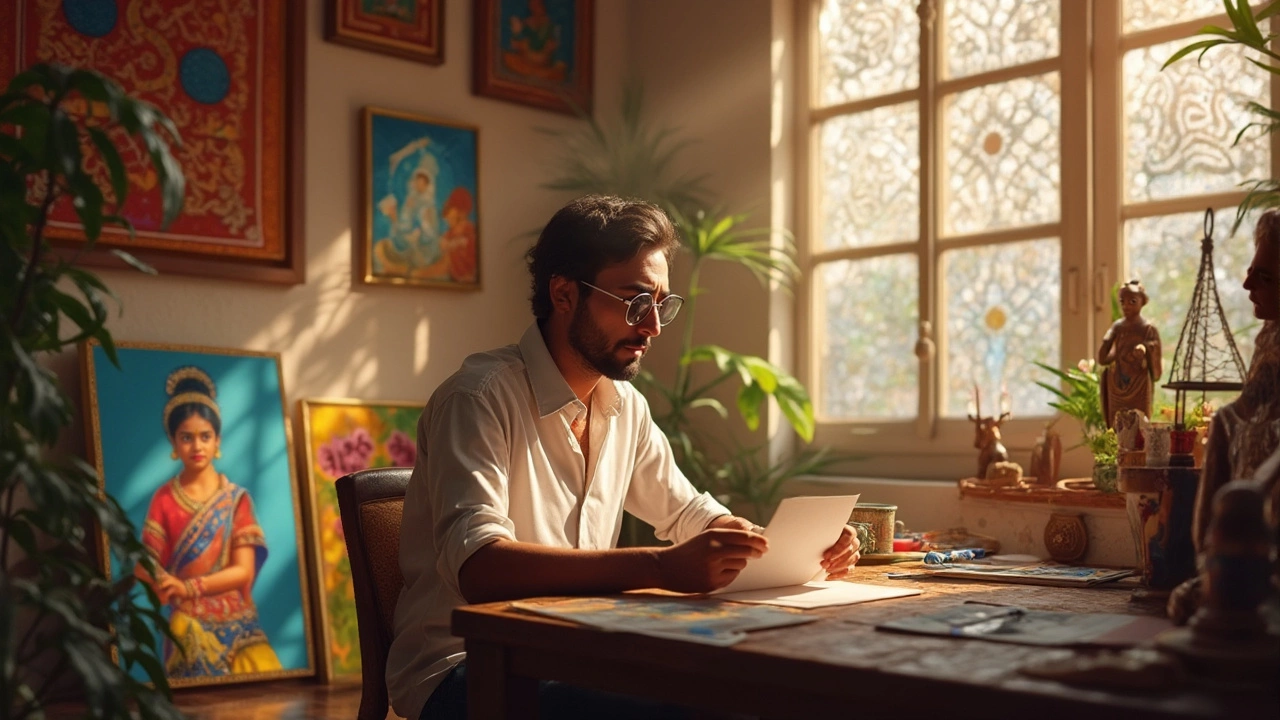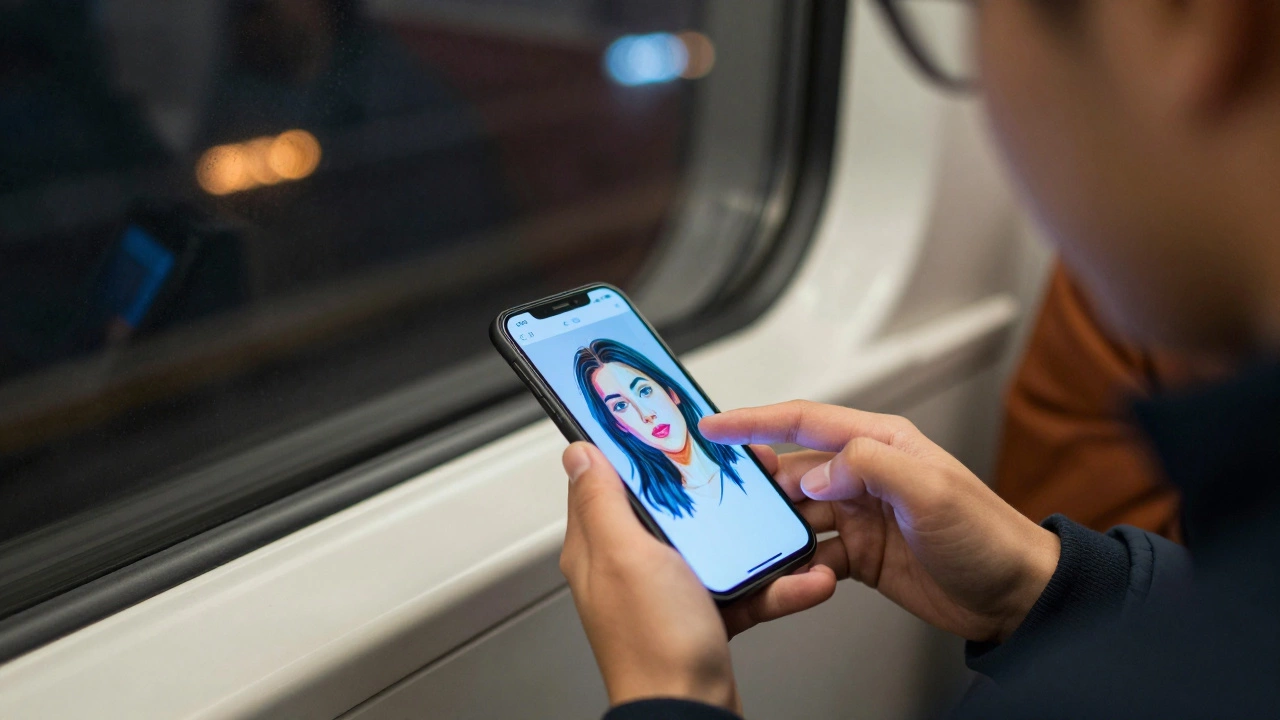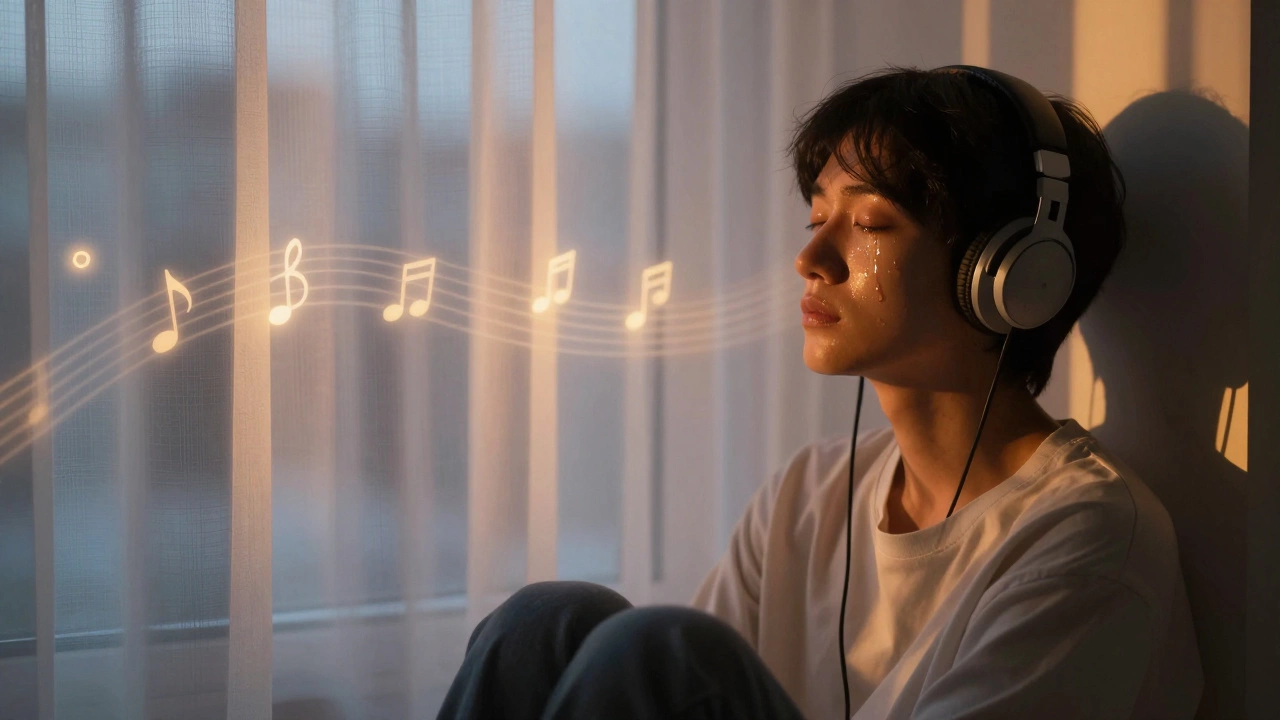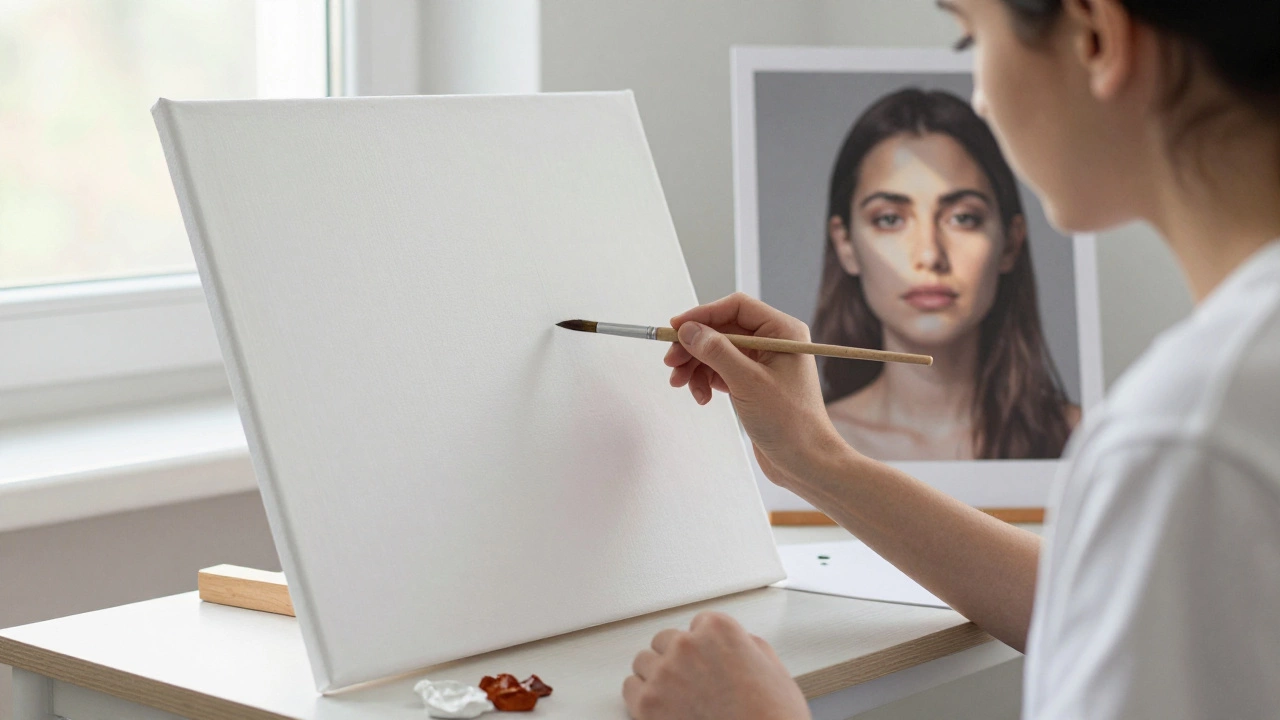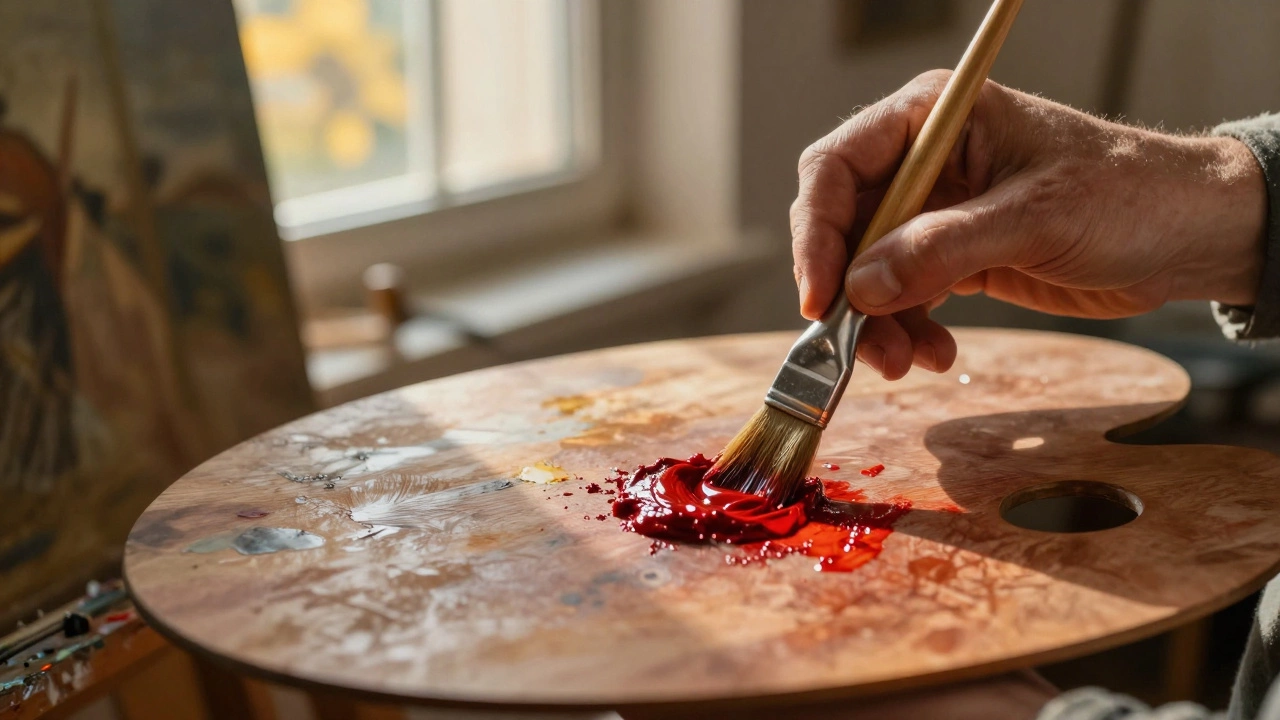So, you've poured your heart and soul into a piece of art, and suddenly you spot it on someone else's website or on merchandise you never approved. Can you do something about it? Absolutely, but first, let's break down what you need to know.
When we talk about 'suing' someone for using your art, we're diving into the realm of copyright law. Copyright is your magic shield here, granting you exclusive rights to your work. But just because something looks similar doesn't mean it's infringement. The use has to actually violate those exclusive rights to be considered unlawful.
If you believe your art has been used without your permission, the first step is to gather evidence. Keep records of your work, including original files, drafts, and any communications you might have had with the alleged infringer. The more proof you have, the stronger your case will be.
- Understanding Copyright Basics
- Identifying Infringement
- Steps to Take if Your Art is Used Without Permission
- Differences Between Copyright and Trademark
- Importance of Copyright Registration
- Practical Tips for Protecting Your Art
Understanding Copyright Basics
When it comes to copyright, it's like getting a superpower for your art. The moment you put paint on canvas, draw a doodle, or snap a photograph, copyright kicks in automatically. It gives you a set of exclusive rights like making copies, distributing them, and creating derivative works.
The first thing to know is that copyright protects the expression of ideas, not the ideas themselves. So while your interpretation of a sunset is protected, the concept of painting sunsets isn't off-limits for others.
What Exactly Does Copyright Cover?
- Art Prints: As soon as you create a piece, it's covered.
- Architecture: Designs and plans also enjoy protection.
- Photos and Graphics: Yup, that's included too.
- Music and Movies: Not applicable to art prints but worth noting.
Copyright doesn't mean you can prevent all use. There are exceptions, like fair use, which includes commentary, criticism, and educational purposes—though that can be a bit of a gray area.
How Long Does Copyright Last?
Typically, copyright lasts for the life of the artist plus 70 years. There are nuances for different types of works, but that's the general rule. Knowing this can help you understand how long you can wield this power.
Finally, make sure to distinguish copyright from trademark or patent. They protect different things, and mixing them up could leave your art prints unprotected.
Identifying Infringement
With your art out in the world, figuring out whether someone's use of it counts as infringement can be tricky. It's not just about seeing your art somewhere unexpected; it's about how it's being used.
What Counts as Infringement?
Infringement happens when someone uses your art prints without your permission in a way that violates your exclusive rights. That means they might be reproducing, selling, or displaying your work without a proper license.
But, not every unauthorized use is infringement. For instance, if someone uses a tiny thumbnail of your art in an art-related news article, it might fall under 'fair use.' Fair use can include purposes like criticism, commentary, or education, but it's not always a free pass. It often depends on the purpose, nature, and amount of the work used.
How to Spot Infringement
- Keep an eye on digital platforms: Regularly check places like websites or social media where your work could be displayed.
- Use reverse image search tools: Websites like Google Images or TinEye let you search for where your images might be appearing online.
- Check marketplaces: Platforms like Etsy or Redbubble may host unauthorized sellers using your art.
It's crucial to be proactive. Set up Google alerts for your name and artwork titles to get notified if they appear online unexpectedly.
Legal Consequence
If you do find your art is being used without your permission, remember that you might have legal grounds to sue someone. However, legal processes can be lengthy and expensive, and it's often wise to seek a lawyer's advice to understand your specific situation.
Steps to Take if Your Art is Used Without Permission
Finding your art being used without your say-so can be frustrating, but there’s a way to tackle it effectively. Let's dive into the exact steps you should take when you discover your art being used improperly.
1. Document Everything
First things first, gather proof of the unauthorized use. Take screenshots, save URLs, and collect any other evidence showing where and how your art prints are displayed. This documentation will be critical if you decide to take legal action.
2. Confirm the Ownership
Make sure you legally own the rights to the art in question. You need to have copyright registration or proof of creation dates—like drafts or files—to back up your claim. If you haven't registered your work yet, it's still possible to enforce your rights, but registration might strengthen your position.
3. Reach Out to the Infringer
Sometimes, a polite yet firm notice can solve the issue. Send a cease and desist letter outlining your claim and asking the person or entity to remove or properly license your work. Be clear about what you expect—taking down the art, giving you credit, or negotiating a license fee.
4. File a DMCA Takedown Notice
If the unauthorized use is online, you can send a DMCA takedown notice to the website host. The Digital Millennium Copyright Act allows copyright owners to request immediate removal of infringing content from websites, but you must prove your ownership and specify the infringement clearly.
5. Seek Legal Advice
If handling the matter yourself doesn't yield results, consult with a lawyer specializing in intellectual property. They can guide you through your options—whether negotiating settlements or pursuing a lawsuit. Remember, legal battles can be costly and time-consuming, so weigh the pros and cons.
6. Consider Other Resolutions
Sometimes it feels less daunting to negotiate a fair royalty or usage fee, rather than heading straight to court. This approach can save time and resources, and it might even build a new business relationship.
Tackling unauthorized use of your art is definitely a challenge, but knowing the right steps can empower you to protect your masterpiece. Stay informed and take action to maintain control over your creations.
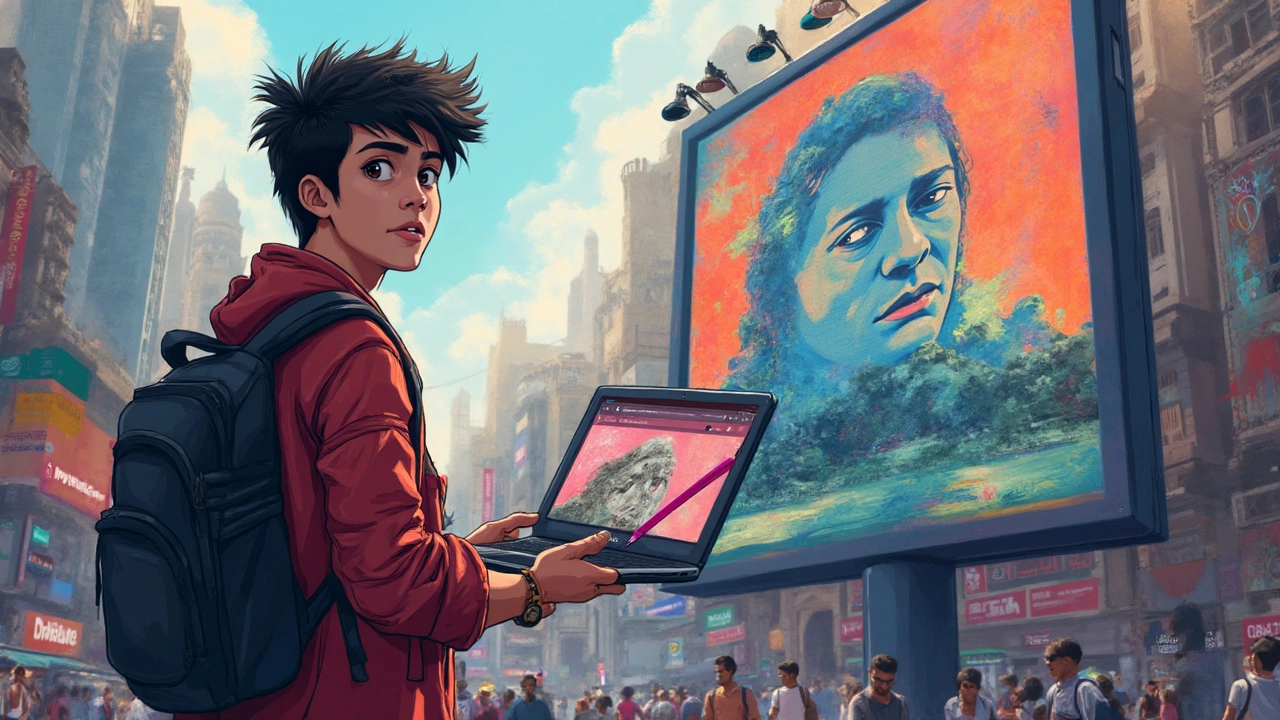
Differences Between Copyright and Trademark
When it comes to protecting your creative work, understanding the difference between copyright and trademark is crucial. Let's break it down so it’s easy to digest.
Copyright: Protecting Original Works
A copyright automatically kicks in when you create an original work, like a painting, song, or book. It's all about granting you the exclusive right to use and reproduce your work. You own this right as soon as your pen hits the paper, or your digital artwork is saved on your computer. No need for formal registration, although registering can offer more protection if you need to head to court.
Copyrights cover the expression of an idea, not the idea itself. So, if you're worried about someone snagging your original art prints, copyright is your protective fortress. It lasts a long time too—usually your entire life plus 70 years.
Trademark: Protecting Brand Identity
Now, let's talk trademarks. This is where you protect things like logos, slogans, or anything that identifies your brand’s products or services. Think of Nike's swoosh or McDonald's golden arches. They help customers spot a product associated with a specific brand amidst a sea of options.
Trademarks must be registered to be fully protected, and they can technically last forever, as long as you're using them and renewing them periodically. You'll need to show that your trademark is being actively used in commerce.
When They Intersect
Sometimes you might find a mix of both. Take Disney, for instance. Mickey Mouse is covered by copyright in terms of the films and images, but his image is also trademarked to protect merchandise.
A general tip: if it’s about creative content, you're likely dealing with copyright. If it’s related to your business brand or logo, that’s when trademarks come into play.
Importance of Copyright Registration
Registering your art through copyright gives you a solid legal standing that can make all the difference if you ever find yourself in court over your art prints. Think of it as having an official stamp that says, ‘Hey, this piece is truly mine!’
Some folks might wonder, ‘Isn’t my art automatically protected when I create it?’ The short answer is yes. But here's the kicker: while you do receive automatic copyright protection the moment your art is fixed in a tangible form, registering it offers significant benefits you shouldn't overlook.
Why Register?
Firstly, if your art is registered with the copyright office before infringement or within three months of its publication, you open the door to potentially recovering statutory damages and attorney fees. Without registration, if you win a lawsuit, you might just get whatever damages you can prove, which could be much less than statutory damages.
Proof of Ownership
A registration certificate also acts as undeniable proof that you own the art copyright. This can streamline the legal process because it’s often seen by courts as solid evidence of ownership. It could save you a lot of headache and back-and-forth proving that the art is yours.
Deterrent Value
Finally, registering your artwork could deter potential infringers. Knowing that you've gone through the steps to legally protect your art might make them think twice before using it without permission.
Think of copyright registration as an affordable insurance policy. While it might seem like the last thing you want to worry about while you're in the creative zone, it's a small step that can make a huge difference in protecting what you've worked hard to create. It's literally giving yourself a legal edge if you need to sue someone for unauthorized use.
Practical Tips for Protecting Your Art
Protecting your art can feel like a daunting task, but with a little strategy, it becomes manageable. Here are some practical tips that can help ensure your creations stay yours.
Watermark Your Art
A simple yet effective method to deter unauthorized use is to watermark your art. Add a transparent or semi-transparent version of your signature or a logo across the image. While it might not stop everyone, it makes it clear that you're asserting your ownership.
Register with Copyright Office
Registering your art copyrights can be a game-changer if you ever have to prove ownership. This step strengthens your position in any legal action. It might sound tedious, but it’s an investment in peace of mind.
Track Your Work Online
Regularly searching for your art online can help you identify unauthorized use early on. Tools like Google Images or TinEye allow reverse image searches, giving you a look into where your art prints might have traveled.
Create a Licensing Agreement
Whenever you agree to share your art, ensure there's a solid licensing agreement in place. This document should outline how your art will be used, ensuring both you and the other party are on the same page.
- Specify the duration of use.
- Clearly state where and how the art can be used.
- Include a fee section, detailing your compensation.
Consider Using Digital Fingerprinting
Services like Pixsy or Digimarc offer digital fingerprinting technology to protect your art. They provide advanced tracking and protection, acting like a virtual watchdog over your creations.
Protecting your art doesn't have to be an overwhelming task. By taking these steps, you're placing a protective shield around your work, ensuring it remains truly yours.
